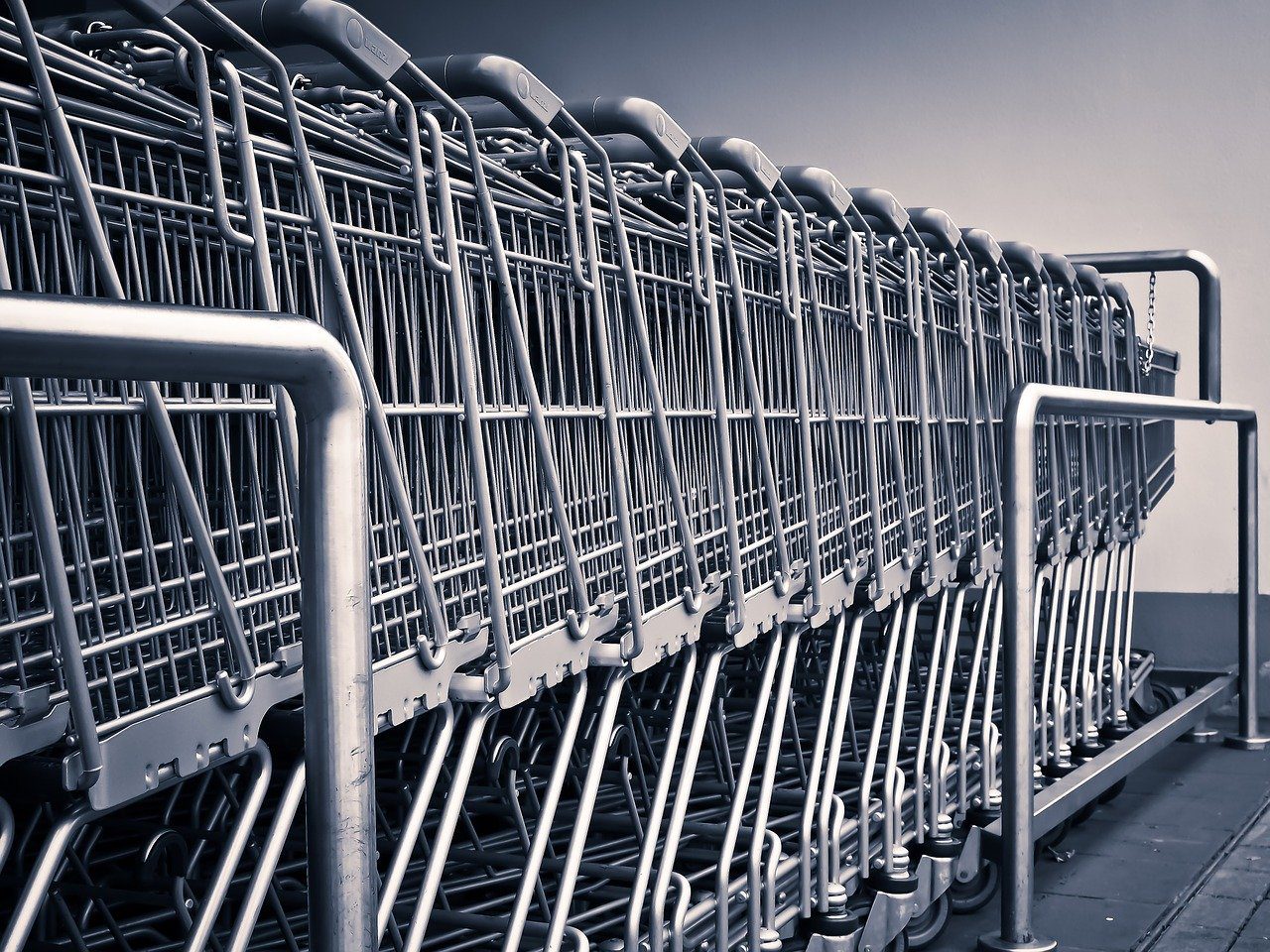
The research is based on the data provided by Deloitte
Notes: Digital technologies influenced an estimated 49% of in-store sales last year ($1.7T), in line with previously-released projections and up from 36% the year prior, says Deloitte. Mobile’s influence, as expected, has been growing quickly, directly impacting 28% of in-store sales last year, accounting for about 57% of digital’s total impact.
Digital’s influence continues to be greatest in the electronic and home furnishings categories, per the study, which forecasts 64% of in-store sales to be impacted by digital technologies this year.
In related news, a recent study from 4INFO and Nielsen Catalina Solutions found that mobile display ads can drive in-store CPG sales, with the analysis of 83 mobile campaigns finding that the return on ad served (ROAS) was 257%, indicating a $2.57 incremental sales lift for each dollar spent on mobile ads. In other interesting results, mobile was found to drive twice the sales lift of desktop when measured by total sales per thousand impressions ($30 and $13, respectively), while an examination of ad clicks versus sales lift found no correlation at all between those who click and those who buy.
About the Data: Deloitte defines the “Digital influence factor” as “the percentage of in-store retail sales influenced by the shopper’s use of any digital device, including: desktop computers, laptops, netbooks, tablets, smartphones, wearables devices and in-store devices (i.e., kiosk, mobile payment device).” The “Mobile influence factor” is defined as “the percentage of in-store retail sales influenced by the shopper’s use of a web-enabled mobile device, including smartphones.
According to Deloitte:
“The digital influence factor was calculated using a proprietary methodology to arrive at the percentage of digitally-influenced conversions. Traffic for each store type was modeled statistically, then segmented into trips where digital devices were used either before the trip, during the trip, both before and during the trip, or not at all. Segment- specific conversion rates were applied to arrive at digitally- influenced conversions. The aggregate digital influence factor is a weighted average by percent of total retail sales attributed to each store type.
The digital influence factor projections were based on fitting an adoption model to historical data, with an assumed saturation rate of 90 percent.”
More details are available in the report itself, accessible by clicking this link.
The summary was provided by http://www.marketingcharts.com/


